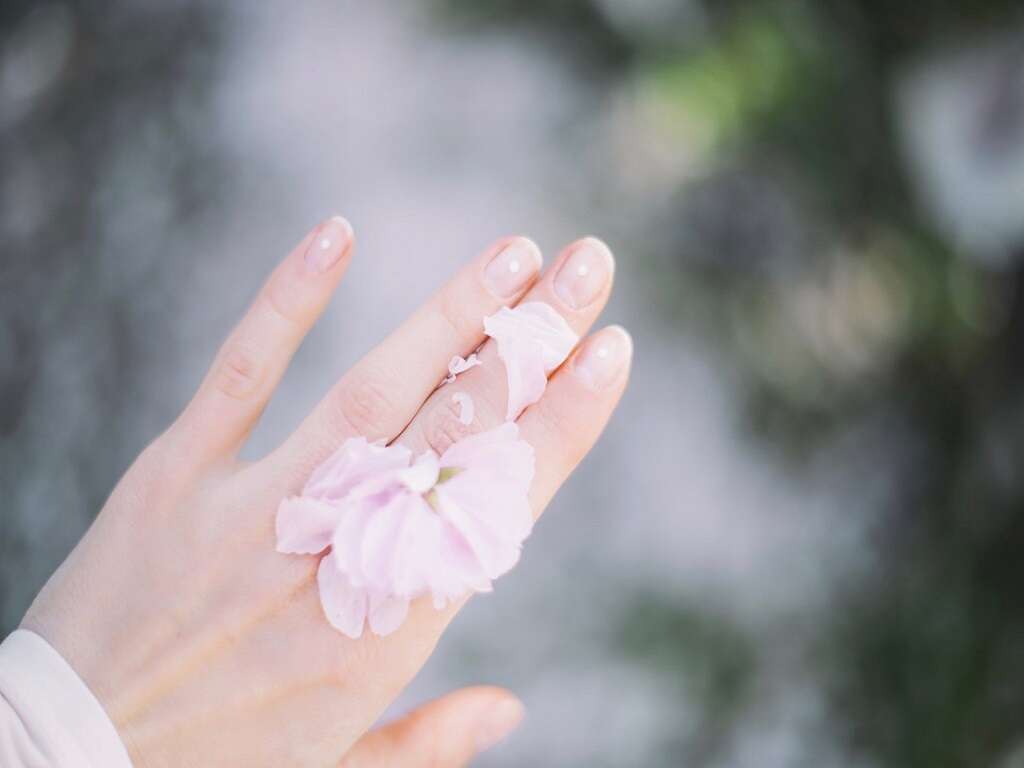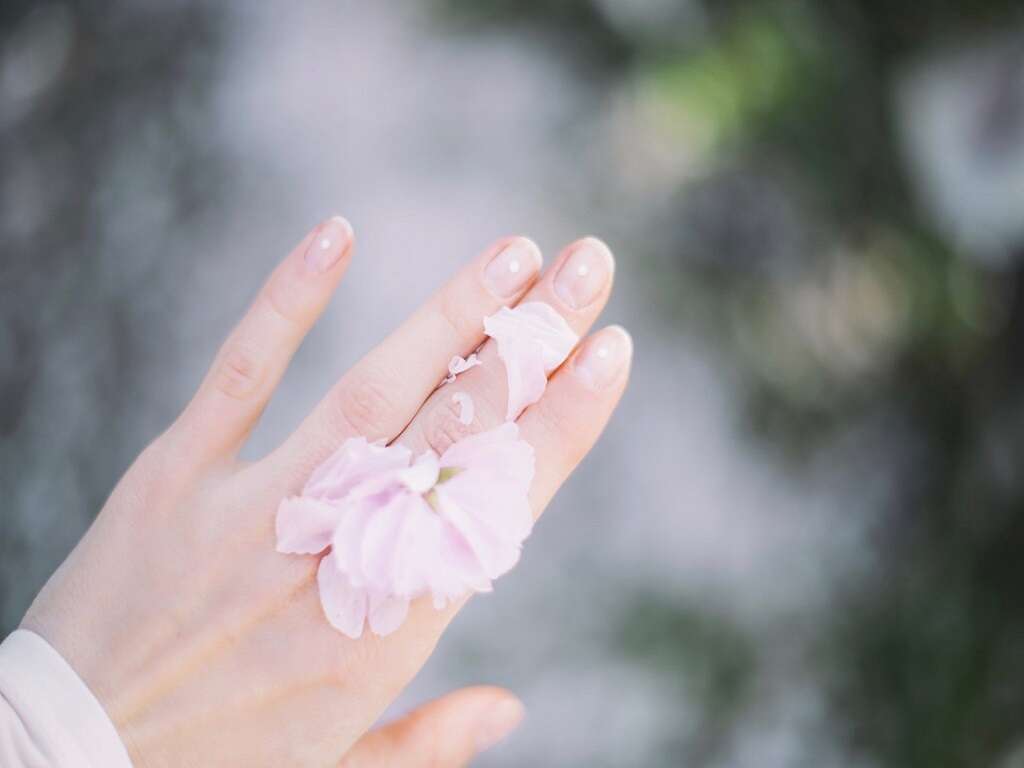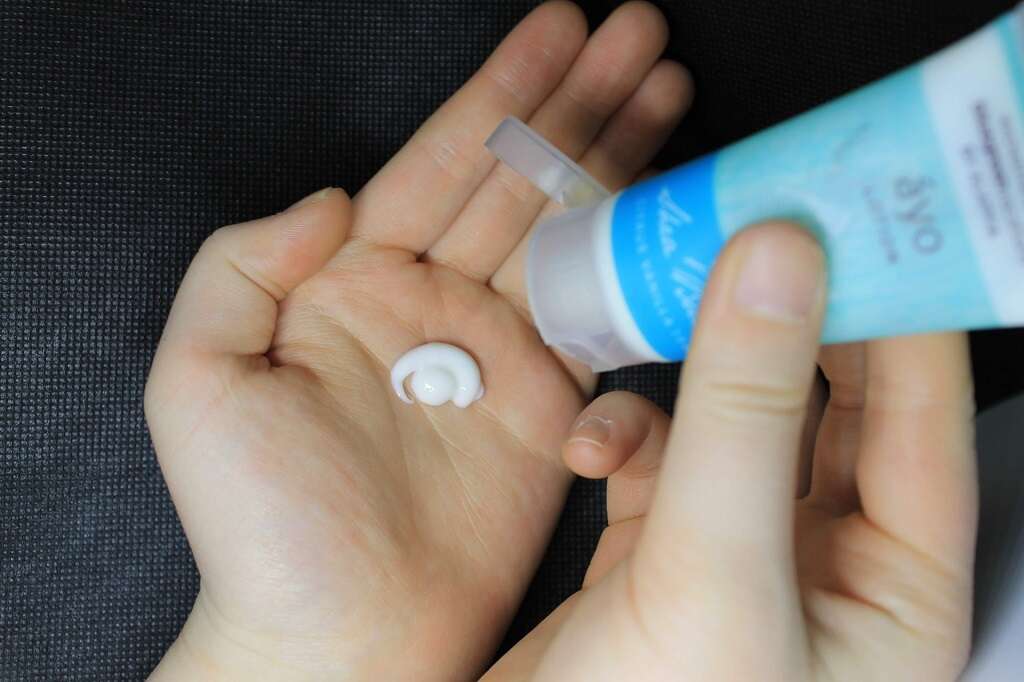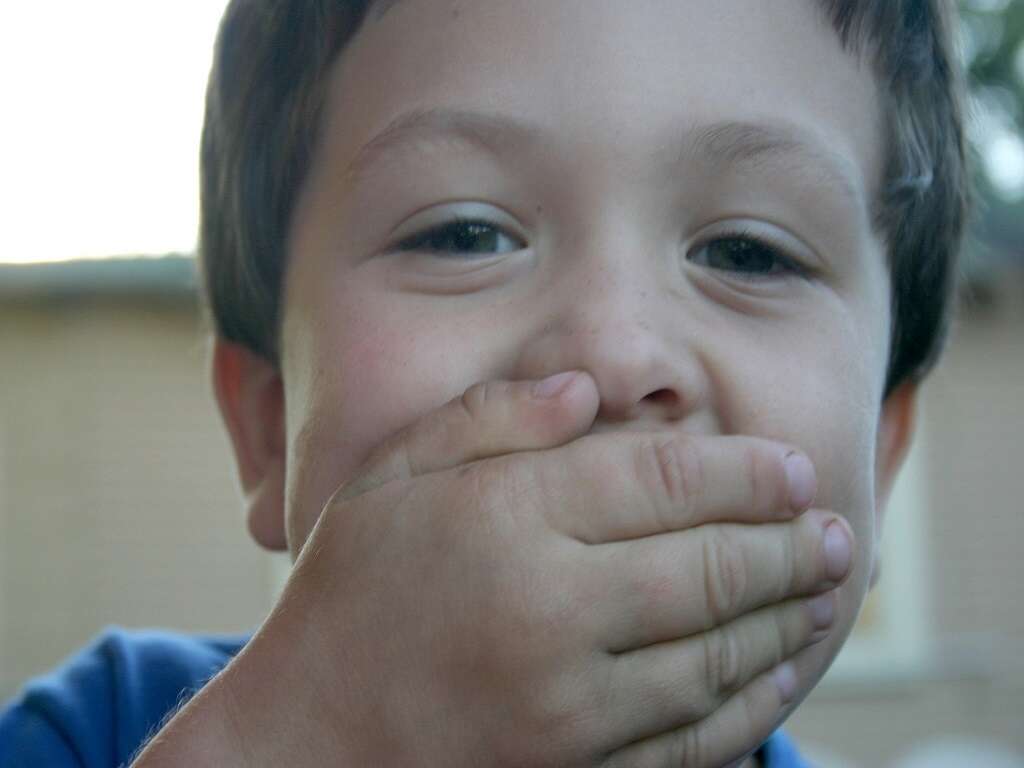What Causes Ridges in Fingernails?
 Article Sources
Article Sources
- 1. Abdullah, RN, Lina, and Ossama Abbas, MD. 'Common Nail Changes and Disorders in Older People: Diagnosis and Management.' PubMed Central (PMC), Feb. 2011, www.ncbi.nlm.nih.gov/pmc/articles/PMC3038811/
- 2. 'Hair Loss Types: Alopecia Areata Signs and Symptoms.' American Academy of Dermatology, www.aad.org/public/diseases/hair-loss/types/alopecia/symptoms
- 3. 'Slide Show: 7 Fingernail Problems Not to Ignore.' Mayo Clinic, Healthy Lifestyle, 11 Oct. 2019, www.mayoclinic.org/healthy-lifestyle/adult-health/multimedia/nails/sls-20076131's=5
Ridges may appear on fingernails or toenails and run vertically or horizontally. Vertical ridges in fingernails are found more frequently and typically run from the cuticle bed to the top of the nail. These ridges, sometimes referred to as longitudinal striations or bands, are a common sign of aging.1Abdullah, RN, Lina, and Ossama Abbas, MD. ‘Common Nail Changes and Disorders in Older People: Diagnosis and Management.’ PubMed Central (PMC), Feb. 2011, www.ncbi.nlm.nih.gov/pmc/articles/PMC3038811/
Fingernail ridges aren't usually a sign of a serious problem, but there are several health conditions that may cause them to form. If these ridges form horizontally or side-to-side, they're called Beau's lines. A person should see a doctor or dermatologist if changes in their fingernails are concerning.

Nail Infections & Injuries
Fingernail ridges may develop because of bacterial and fungal infections. Either one of these conditions may have symptoms such as discoloration of the nail, swelling and tenderness. If pus builds up due to a bacterial infection, an abscess may form.
Slamming a finger in a door or hitting it accidentally with a hammer are examples of trauma that may cause nail ridges. These accidental blows may result in bruising, cracking or discoloration of the fingernail. Anyone experiencing these issues should to schedule an exam by a general physician or dermatologist.

Skin Issues That May Cause Fingernail Ridges
Fingernails contain mostly keratin, a type of protein, which is also found in hair and the top layer of skin. Fingernail ridges in older adults may be related to the body not retaining as much moisture as it needs, similar to what causes dry skin and coarse hair.
Psoriasis is another possible cause of fingernail ridges. The inflammation associated with psoriasis may cause changes in the nails known as nail psoriasis.

Iron Deficiency & Fingernail Ridges
The body needs an ample supply of iron to keep its red blood cells healthy. Red blood cells gather oxygen in the lungs and carry it throughout the body. An iron deficiency reduces the number of red blood cells available to deliver oxygen.
Iron deficiency may cause brittle nails and ridges as a result of a low number of healthy red blood cells. Fingernail ridges may clear up once iron levels return to normal.

Alopecia & Fingernail Ridges
Alopecia areata is a condition that causes the hair on the scalp to fall out. According to studies, about 30 percent of people with alopecia areata may also experience changes in their nails. Some of the possible changes include redness under the nail by the cuticles, pits in the nail bed, rough-feeling nails and vertical ridges.2‘Hair Loss Types: Alopecia Areata Signs and Symptoms.’ American Academy of Dermatology, www.aad.org/public/diseases/hair-loss/types/alopecia/symptoms
If patients diagnosed with alopecia areata notice changes in their nails, they should make an appointment with their health care provider to check for any underlying health conditions.

Kawasaki Disease & Fingernail Ridges
Children and infants are sometimes diagnosed with Kawasaki disease. The exact cause of this disease is still unknown.. The disease itself causes body-wide inflammation of the blood vessels. Kawasaki disease may also affect the fingernails in some pediatric patients.
Nail changes that typically manifest in children with Kawasaki disease include orange and brown coloration under the fingernail and separation of the nail plate. Horizontal ridges called Beau's lines may also develop and may be related to inflammation.

Fingernails & Beau’s Lines
Beau's lines are ridges on the fingernails or toenails that run horizontally, or side-to-side, on the nail. These ridges may stop the fingernail from growing until the cause is found and treated by a physician. Health conditions that may cause Beau's lines include diabetes, peripheral vascular disease and illness associated with a high fever.3‘Slide Show: 7 Fingernail Problems Not to Ignore.’ Mayo Clinic, Healthy Lifestyle, 11 Oct. 2019, www.mayoclinic.org/healthy-lifestyle/adult-health/multimedia/nails/sls-20076131’s=5
Beau's lines may also be a sign of a zinc deficiency. It's essential to see a physician before taking any supplements or attempting to manage Beau's lines.

Additional Symptoms Occurring With Fingernail Ridges
Fingernail ridges may be a sign of a possible underlying health issue. They may be accompanied by other signs and symptoms, depending on the health condition. Possible symptoms can include pus or fluid under or around the nail, color streaks on the nail, brittle nails or signs of a skin infection.
These additional symptoms aren't common, but if they appear, a person should make an appointment to see a doctor or dermatologist.

Managing Fingernail Ridges
Fingernail ridges that need intervention and aren't addressed may lead to nail disfigurement or inhibited nail growth. If nail ridges are related to an underlying medical condition , that condition should be addressed first.
Make an appointment with a doctor once fingernail ridges appear, especially if they form quickly. Once a physician diagnoses the cause of the ridges, follow their recommended care plan. Continuing the doctor's care plan is essential to prevent possible complications.

When To See a Doctor or Dermatologist
If fingernails begin to appear thinner, brittle, discolored or take on an abnormal shape along with developing ridges, schedule a visit with a primary care provider as soon as possible.
A physician can check for causes of fingernail ridges and address any underlying condition. If the ridges have an external cause, such as a bacterial or fungal infection, they may prescribe treatment to combat the infection. They may also refer a person to a dermatologist.

Taking Care of Your Fingernails
Taking care of the fingernails may help prevent some nail and skin conditions and promote healthy-looking nails. Keep the hands hydrated by using hand cream, which may help protect the nails' keratin. Avoid picking or biting fingernails and trimming cuticles, which can help keep dirt and bacteria from getting under the nail.
Trim fingernails and buff the nail's surface when done to help eliminate any sharp edges. Keeping fingernails clean, trimmed and moisturized may help prevent fingernail ridges due to external causes.











